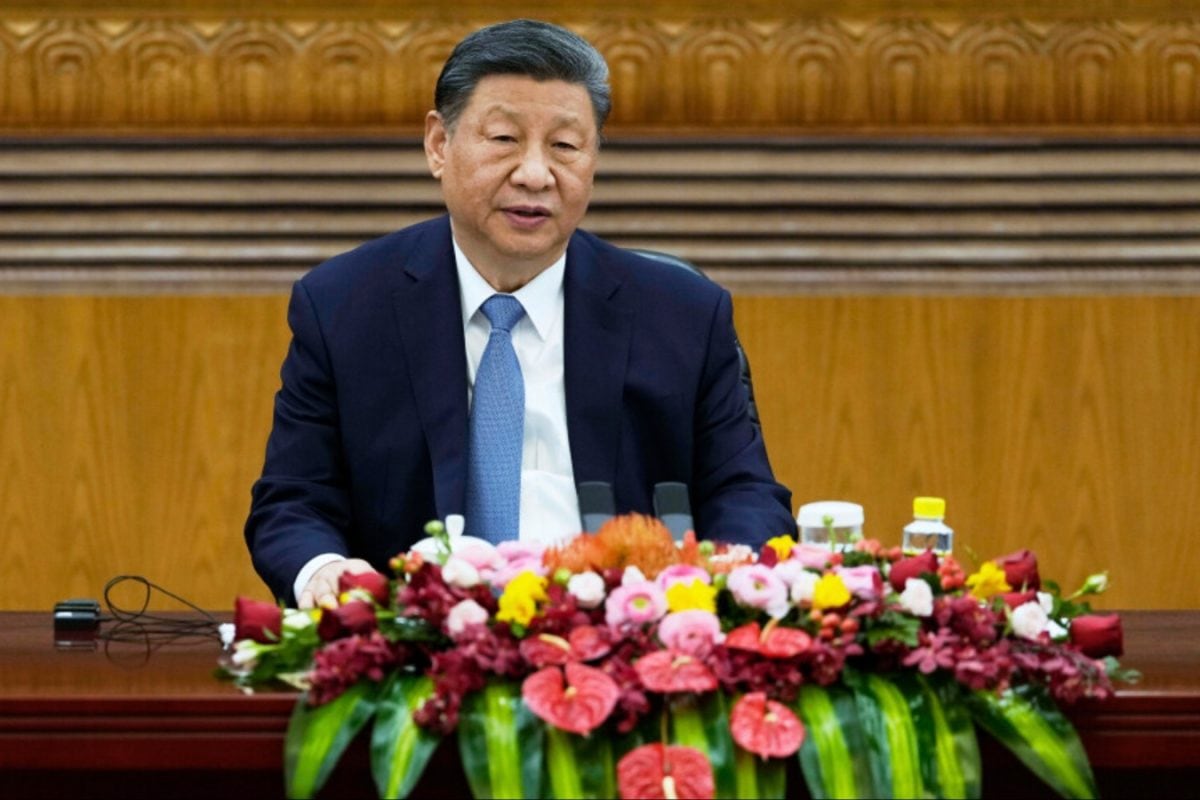

Recent reports from Chinese media outlets emphasize a renewed focus on mutual benefit and shared development in the relationship between China and India, suggesting a potential shift away from previous tensions. This comes after a period marked by border disputes and economic imbalances, which had significantly strained relations between the two nations.
Several factors contribute to this emerging positive outlook. High-level meetings between leaders, such as the meeting between President Xi Jinping and Prime Minister Narendra Modi in Kazan in 2024, have set the stage for improved bilateral relations. These meetings underscored the importance of mutual respect, trust, and peaceful coexistence as guiding principles for the two countries. Furthermore, both nations recognize the need to address differences constructively and enhance coordination on multilateral platforms.
Economic collaboration is a central theme in the renewed emphasis on mutual benefit. China has expressed its willingness to welcome premium Indian goods and facilitate access for Indian businesses to its vast consumer market. Strengthening cooperation in trade and economic fields is seen as a way to promote a new level of economic partnership between the two countries. Despite a growing trade deficit for India, with imports from China registering double-digit growth while exports have contracted, the potential for increased trade remains significant. India's export potential to China was estimated at $161 billion in 2024, nearly ten times the actual value of India's exports. Diversifying India's export basket to include more medium- and high-technology products is viewed as crucial for reducing the trade imbalance and building a more sustainable economic relationship.
Beyond economics, there's a growing recognition of the need for collaboration on regional and global issues. China has welcomed and supported dialogue between India and Pakistan, underscoring its commitment to regional stability. Additionally, both countries actively engage in multilateral forums such as BRICS, SCO, G-20, and AIIB, promoting solidarity among developing nations and advocating for a multipolar world. This shared vision for a more equitable global order, one that challenges the existing Western-dominated system, provides a foundation for cooperation despite underlying tensions.
People-to-people exchanges and cultural understanding are also being promoted to foster stronger ties. The resumption of the Kailash Mansarovar Yatra pilgrimage is seen as a positive step in enhancing mutual understanding and friendship between the two peoples. Agreements covering science and technology, digital tech, and cultural and tourism exchanges further contribute to this effort. The reinstatement of tourist e-visas for Chinese citizens by the Indian government will enable businesses to interact, formulate partnerships, and exchange information, setting the ground for a more balanced trade relationship.
However, challenges remain. The undefined Line of Actual Control (LAC) continues to be a source of tension, with frequent incursions and infrastructure developments on both sides. China's strategic relationship with Pakistan, particularly the China-Pakistan Economic Corridor (CPEC), also raises concerns in India. Despite these challenges, the recent emphasis on mutual benefit and shared development signals a desire from both sides to move forward and explore avenues for cooperation. Whether this positive momentum can be sustained will depend on continued dialogue, effective management of differences, and a commitment to building a stronger, more balanced relationship.